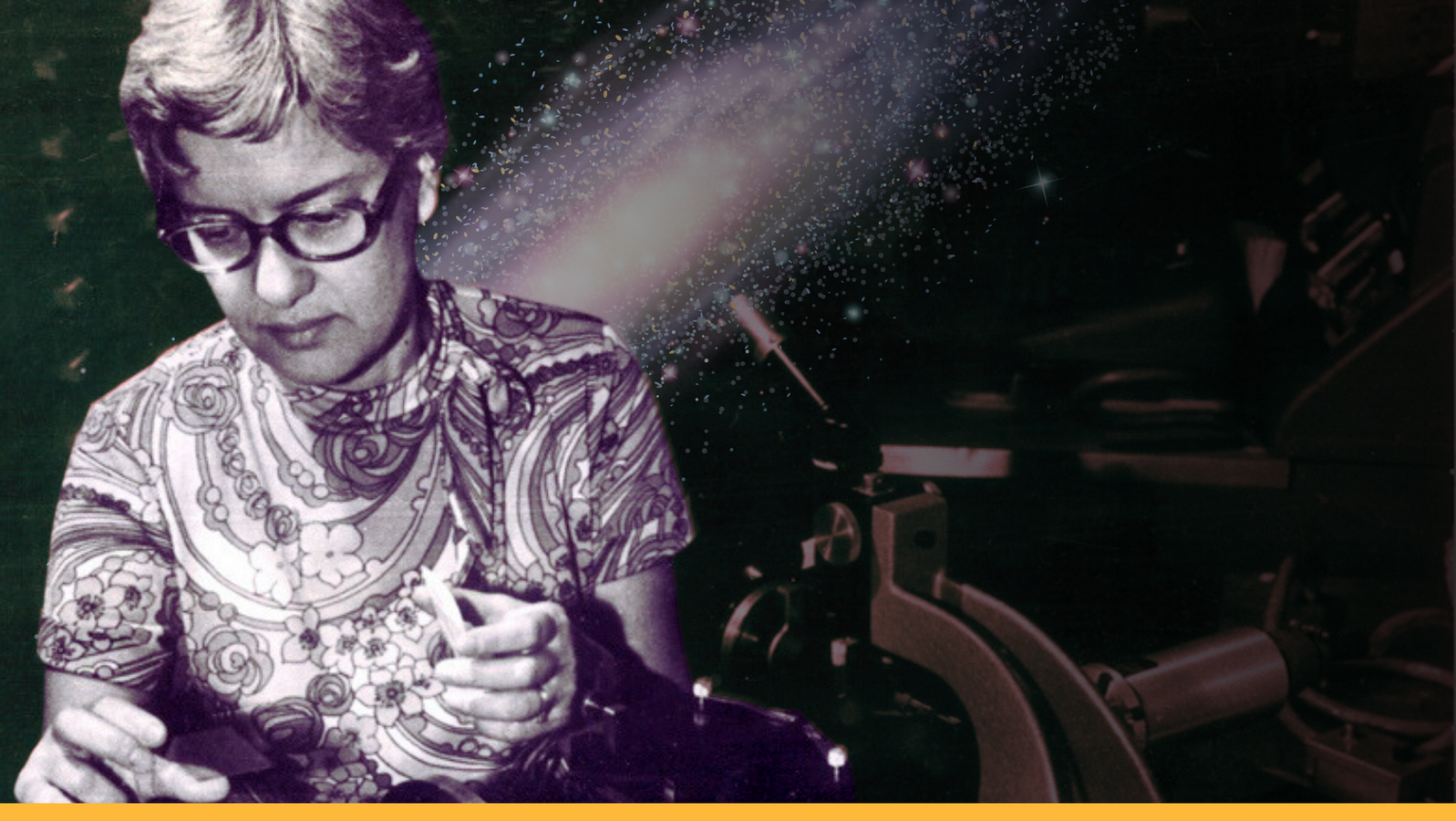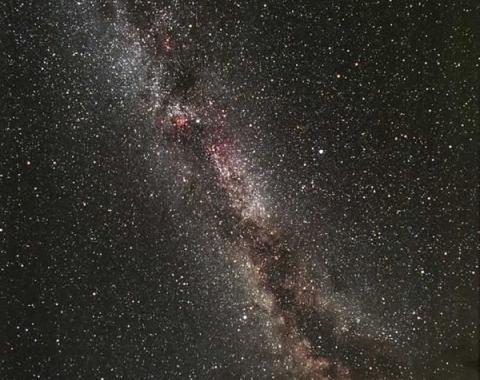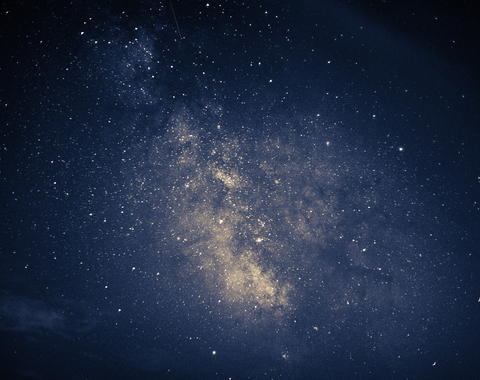Dive into Dark Matter
In the late 1970s, Carnegie Science astronomers Vera Rubin and Kent Ford made a groundbreaking observation. They noticed that objects at the far edges of rotating galaxies were moving at the same velocity as objects at the center, defying predictions from Newtonian physics. This discrepancy provided the first solid evidence that there was some invisible substance in the cosmos with enough mass to hold these spinning galaxies together—dark matter.
Today, understanding the nature of dark matter remains a captivating mystery and a compelling scientific frontier.
On June 29, 2023, we welcome you to dive into the past and present, and future of dark matter research with a special Neighborhood Lecture honoring Vera Rubin. Guest speaker Rachael Beaton, an astronomer from the Space Telescope Science Institute (STScI), will deliver a talk entitled "On the Shoulders of a Giant: Continuing Vera Rubin's Quest to Understand Dark Matter.
Webinar Registration
About the Speaker
Rachael Beaton is an observational astronomer at the Space Telescope Science Institute (STScI )who uses the properties of stars and galaxies in the nearby Universe to better understand the fundamental properties of the Universe, in particular, the impacts of Dark Energy and Dark Matter. She is also a former Carnegie Science postdoctoral fellow. Before her current role at STScI, Beaton was Carnegie-Princeton Fellow at the Carnegie Science Observatories and a Hubble Fellow at Princeton University. We're thrilled to welcome her back to Carnegie for this talk.
Speaker Bio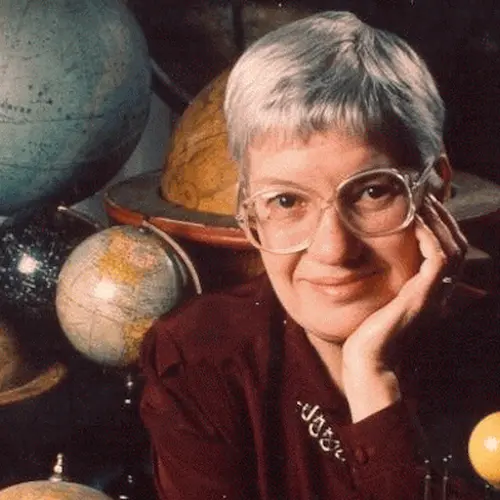
“There is no problem in science that can be solved by a man that cannot be solved by a woman.”
Vera Rubin, often referred to as the "Mother of Dark Matter," provided the first observational evidence in support of the existence of dark matter—the invisible material that makes up more than 80 percent of the universe’s mass. Her groundbreaking discoveries transformed our understanding of the universe.
Rubin was also an ardent feminist who tirelessly advocated for women to be represented in STEM fields and to have equal opportunities to their male colleagues.
She spent her entire career at Carnegie and retired as a staff astronomer at the Carnegie Science Broad Branch Road campus in Washington, D.C. Her tireless pursuit of knowledge and dedication to advancing women in science continue to inspire generations.
Learn more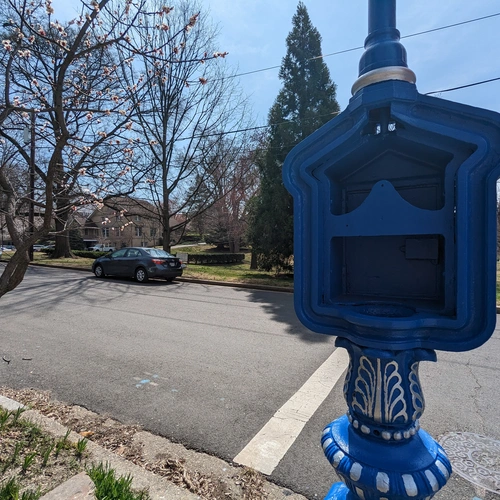
Science Inspires Art
Kick off your evening of science with an afternoon of art! The Neighborhood Lecture follows a call box art reveal ceremony celebrating Vera Rubin. Join us at 4:30 p.m. Eastern to celebrate Rubin's achievements and advocacy for women in STEM. Please note that separate registration for this event is requested.
This call box celebrates the remarkable achievements of the late Vera Rubin. The event will be held on the grounds of the Carnegie Science Broad Branch Road Campus, Vera Rubin’s scientific home throughout her career. As part of the Chevy Chase Community Call Box Restoration Project, the new installation highlights Rubin’s legacy with captivating artwork by local artists Danielle Feuillan, Sarah Joyce-McCarron, and Laura McCarron.
RSVP
FAQ
This talk is a part of the Carnegie Science Earth and Planets Laboratory’s Neighborhood Lecture Series aimed at connecting the local Washington, D.C. community of science enthusiasts with the research happening right here in your neighborhood!
The talk will be held in the Greenewalt Building auditorium on the Carnegie Institution for Science's Broad Branch Road Campus. Refreshments will likely take place on the outdoor patio.
Address: 5241 Broad Branch Rd NW, Washington, DC 20015
This address will take you to our campus, but please note that there are several buildings on campus. To find the Greenewalt Building, look for a patio next to the building that looks like a giant water tower. We will also put signs around campus to help you find your way.
We're proud to provide professional ASL interpretation services for these public science events. If you require this service, please make a request before your arrival on-site so that we can set things up for you.
Simply email our events coordinator Alycia Alexander (adalexander@carnegiescience.edu) to make your request.
There will be closed captioning available via Zoom for virtual attendees.
It's easy to join us over Zoom or tune in via our YouTube stream.
The Earth and Planets Laboratory (EPL) is a division of Carnegie Science, an independent research institution dedicated to providing our scientists with the flexibility to follow their ideas and discoveries, seize opportunities, and define new fields of investigation.
At the Earth and Planets Laboratory, we work at the frontier of human knowledge. We discover new worlds, create new materials, illuminate the inner workings of our planet, and seek to understand the universe that is our home.
There are two other divisions: Biosphere Sciences & Engineering (BSE) and the Observatories (OBS).
